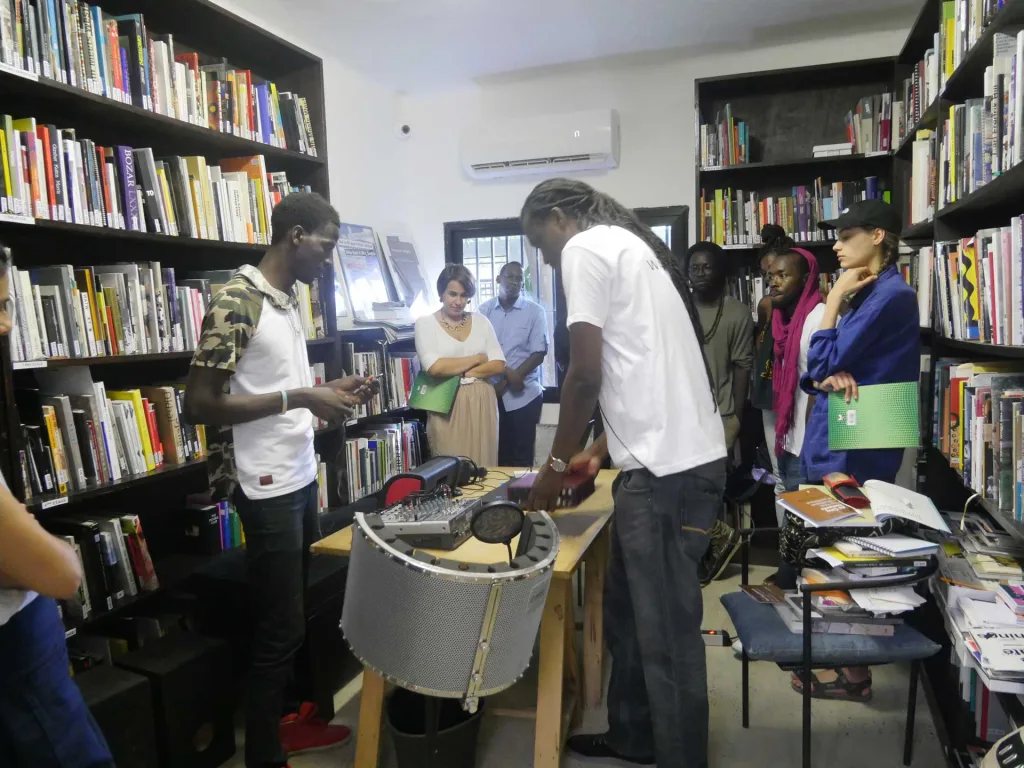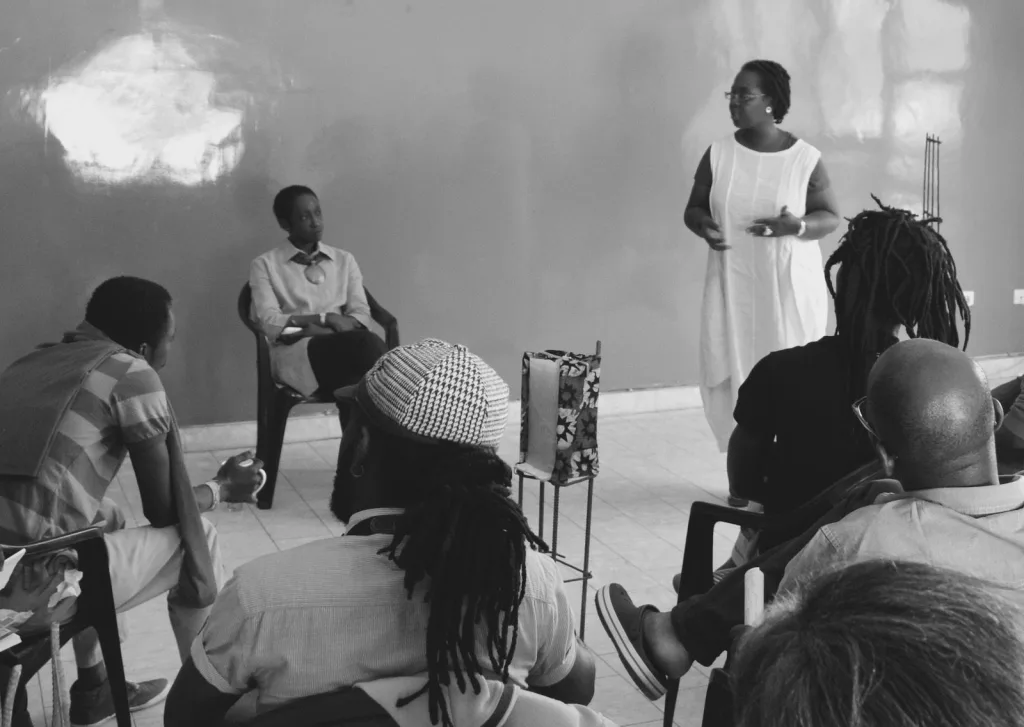“Alternative art school” is the term which describes unconventional art “schools.” They generally do not have characteristics inherent in formal art education. For many of these schools or initiatives, the goal is to make art education in Africa accessible and dynamic in a way that enhances its quality.
In other words, alternative art schools in Africa are a rejuvenating addition to the art educational system founded on colonial structures. Formal art education in Africa today is practically built on the history and practices established by the West. Nonetheless, Africans made art before the intrusion of colonialism. Perhaps, alternative art schools in Africa are borne out of the recognised need to reconnect with our roots.
Within these alternative art schools, contemporary African art stands firmly on its own distinct essence with a more refined approach. There is a unity of the beauty of old and the innovation of the new; the perfect marriage as far as contemporary African art is concerned. Across many countries in Africa, different forms of alternative art schools are springing up and switching things up in the contemporary African art ecosystem. For more context, let’s explore a few of them and learn what they are doing differently.
RAW Académie – Dakar, Senegal
One of the three brainchildren of the Raw Material Company, the RAW Académie is an experimental teaching program. The program has a rotating faculty with curricula that explore various themes.
Initially, the academy hosted two different sessions a year but it has settled on just one session per year. The sessions are tailored towards a constant evolution and impermanence that distinguishes it from a conventional art institution. The program which is focused on research and the examination of artistic and curatorial practice lasts for 7 weeks.
Àsikò Art School – Lagos, Nigeria
Bisi Silva, Founding Director of the Centre for Contemporary Art (CCA) launched the Àsikò Art School in 2010. Though the program was originally based in Lagos (Nigeria), it ultimately adopted a nomadic style after two successful programs. Its travelling nature has helped to foster a beautiful exchange of artistic ideas and expressions across and outside West Africa.
Àsikò Art School was forged out of the recognised need to bridge a gap in the African art educational system. The gap being the tendency of traditional art institutions to neglect the crucial historical elements and methodologies that support artistic practice.
blaxTARLINES – Kumasi, Ghana
Founded in 2015 and operating from the Kwame Nkrumah University of Science and Technology (KNUST), this “Emancipatory Art Teaching Project” was created by Prof. Karî’kachä Sei’dou. With this collective, incubator, and project space, he hoped to transform art from commodity to gift.
Since its creation, blaxTARLINES has fostered a unique environment where multiple exhibitions, partnerships and collaborations have thrived. Altogether, this alternative art school is redefining the bounds of what art school can accomplish in the pursuit of artistic development.

In their different forms and unique operations, alternative art schools are revolutionising art education in Africa. They are also reshaping the expectations artists have for art schools.
Ironically, the lack of defined structures might just be what an artist needs to reach an unprecedented height of artistic expression. This is something which would be less feasible in conventional art institutions.




